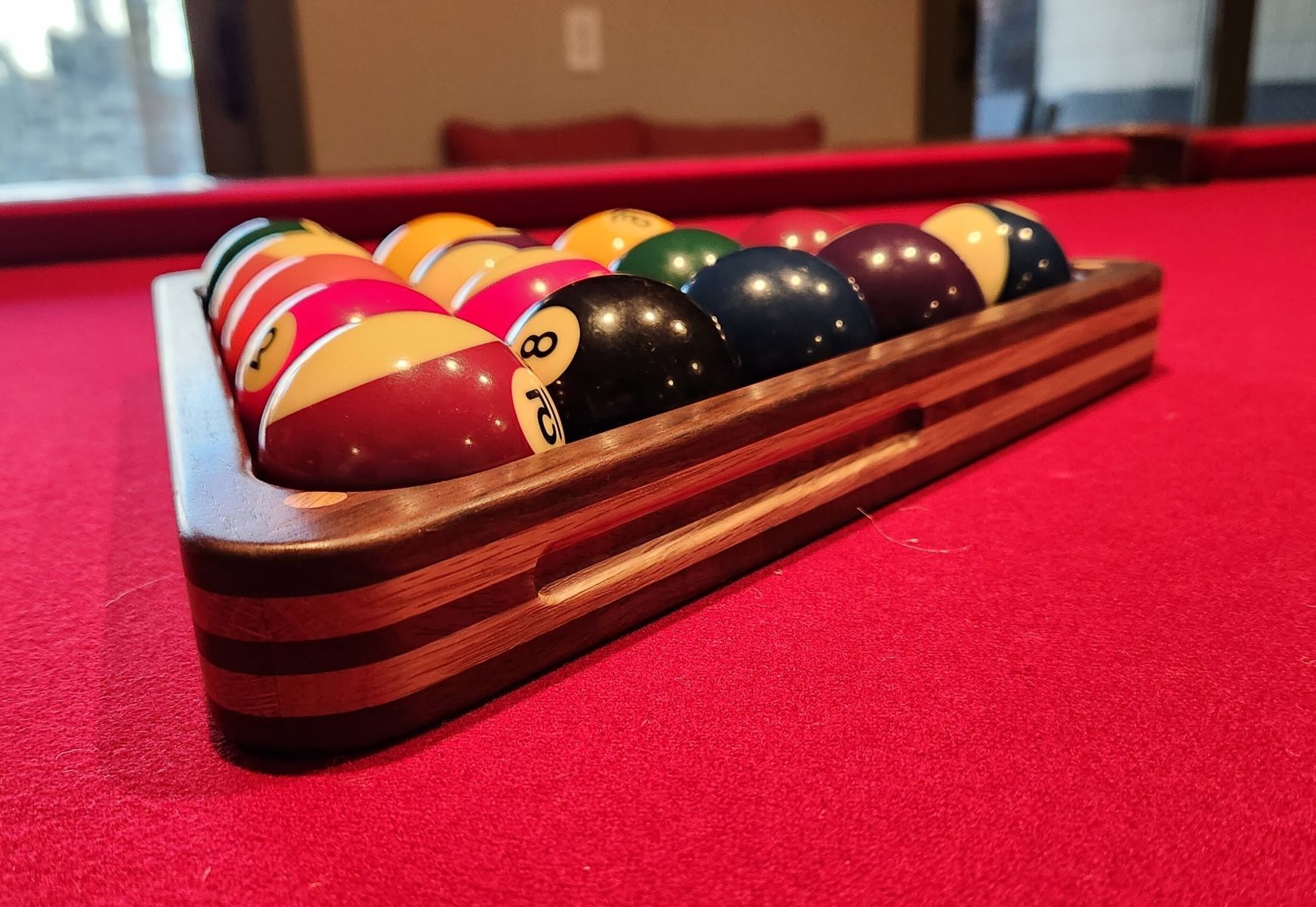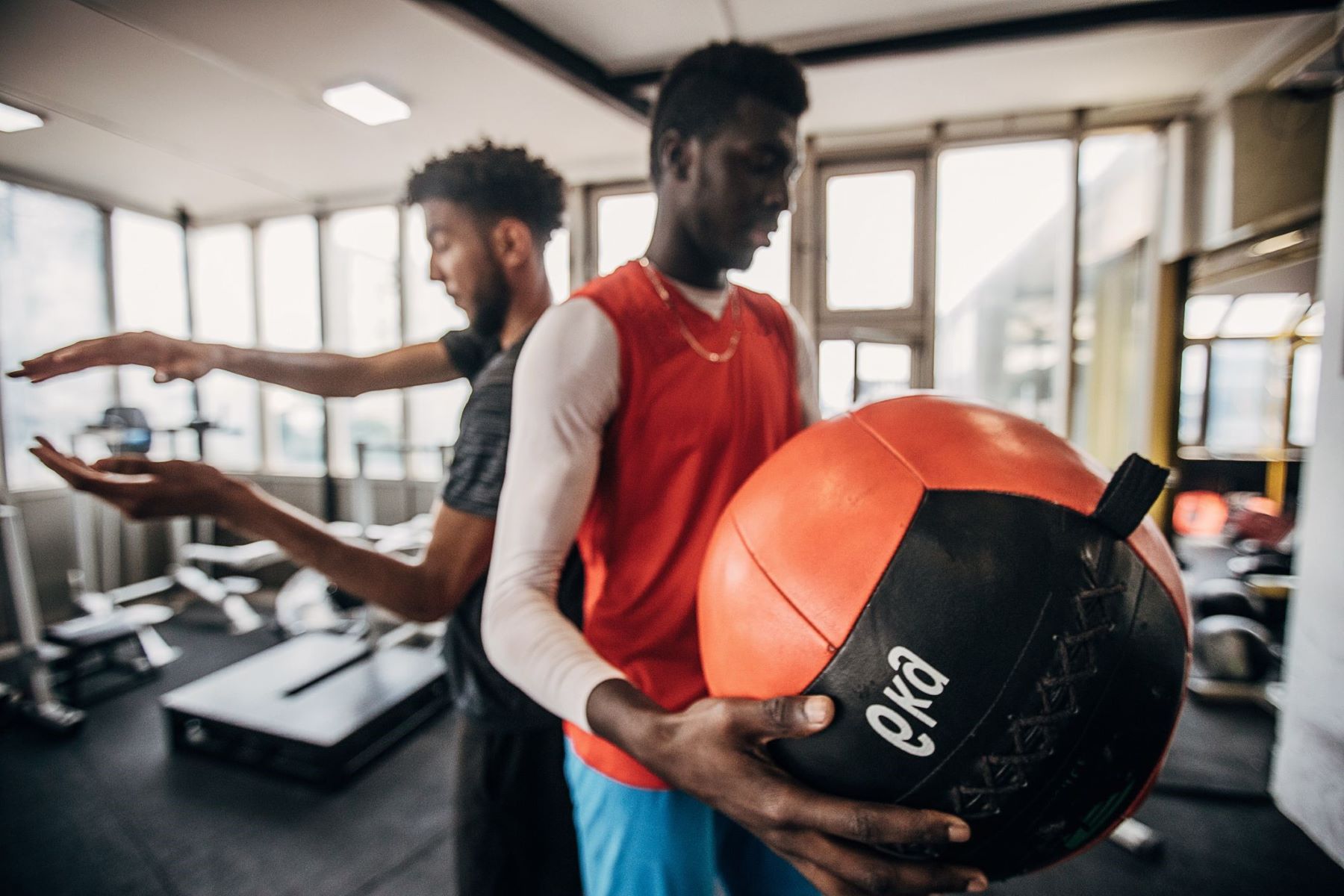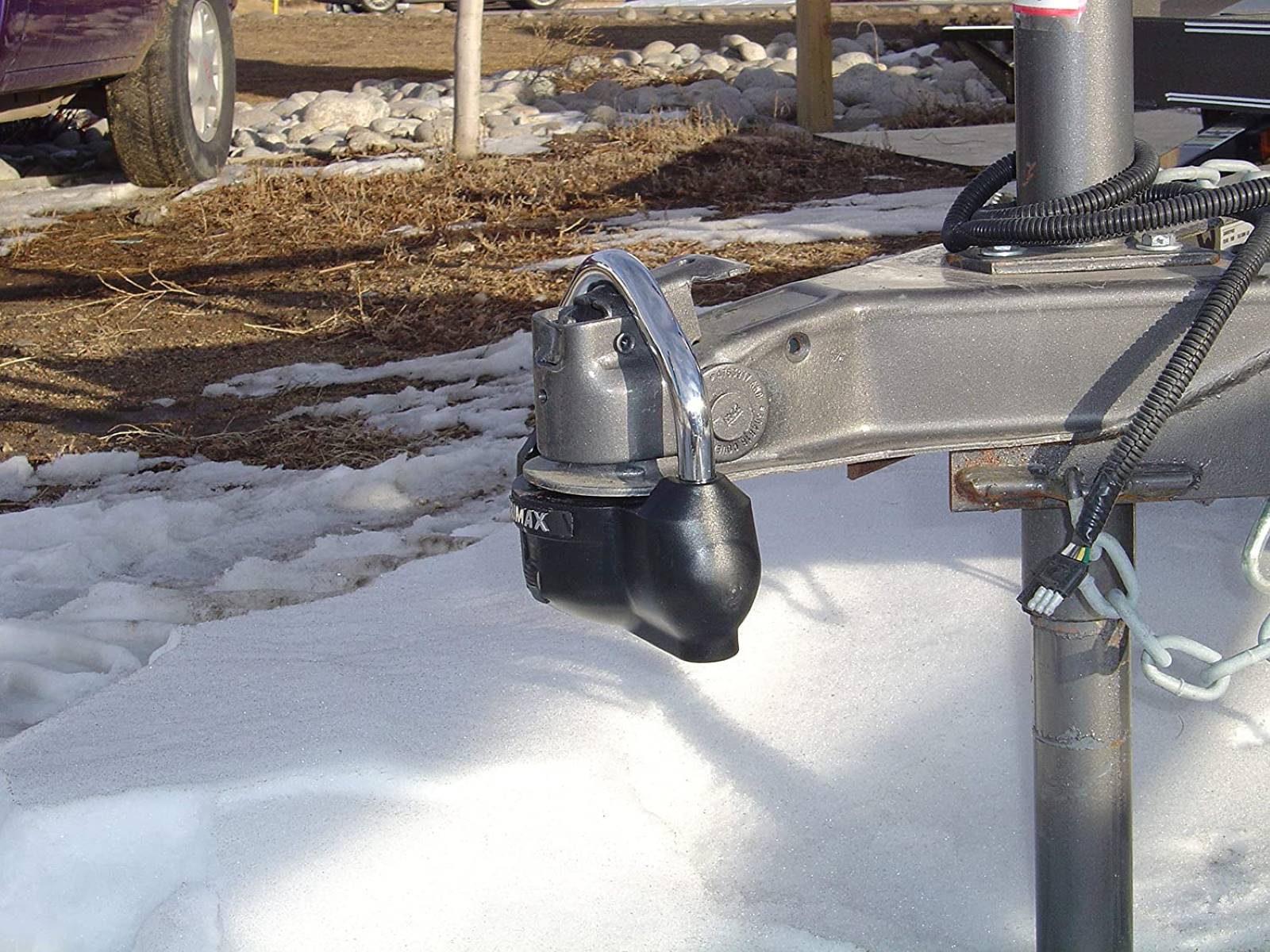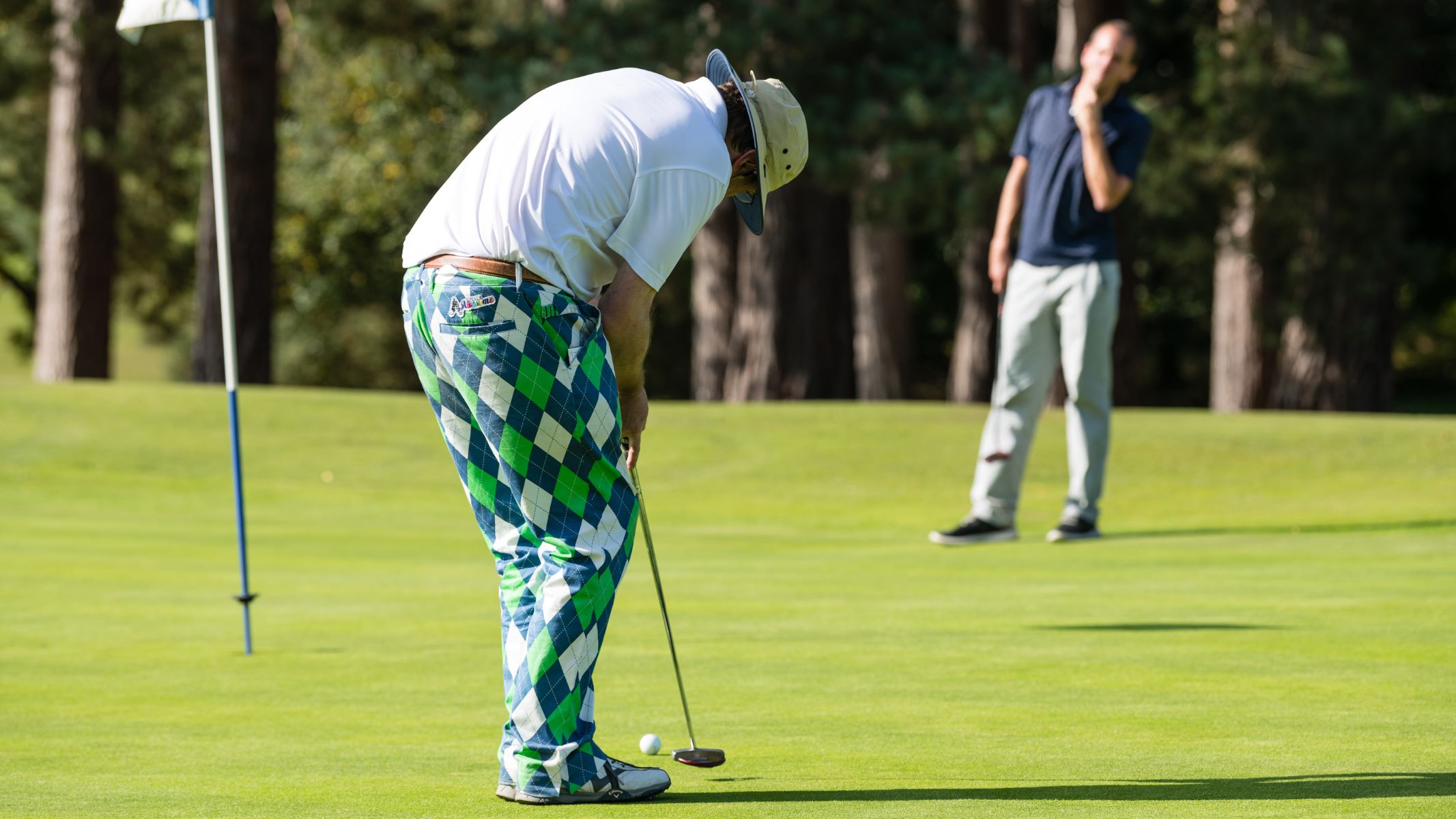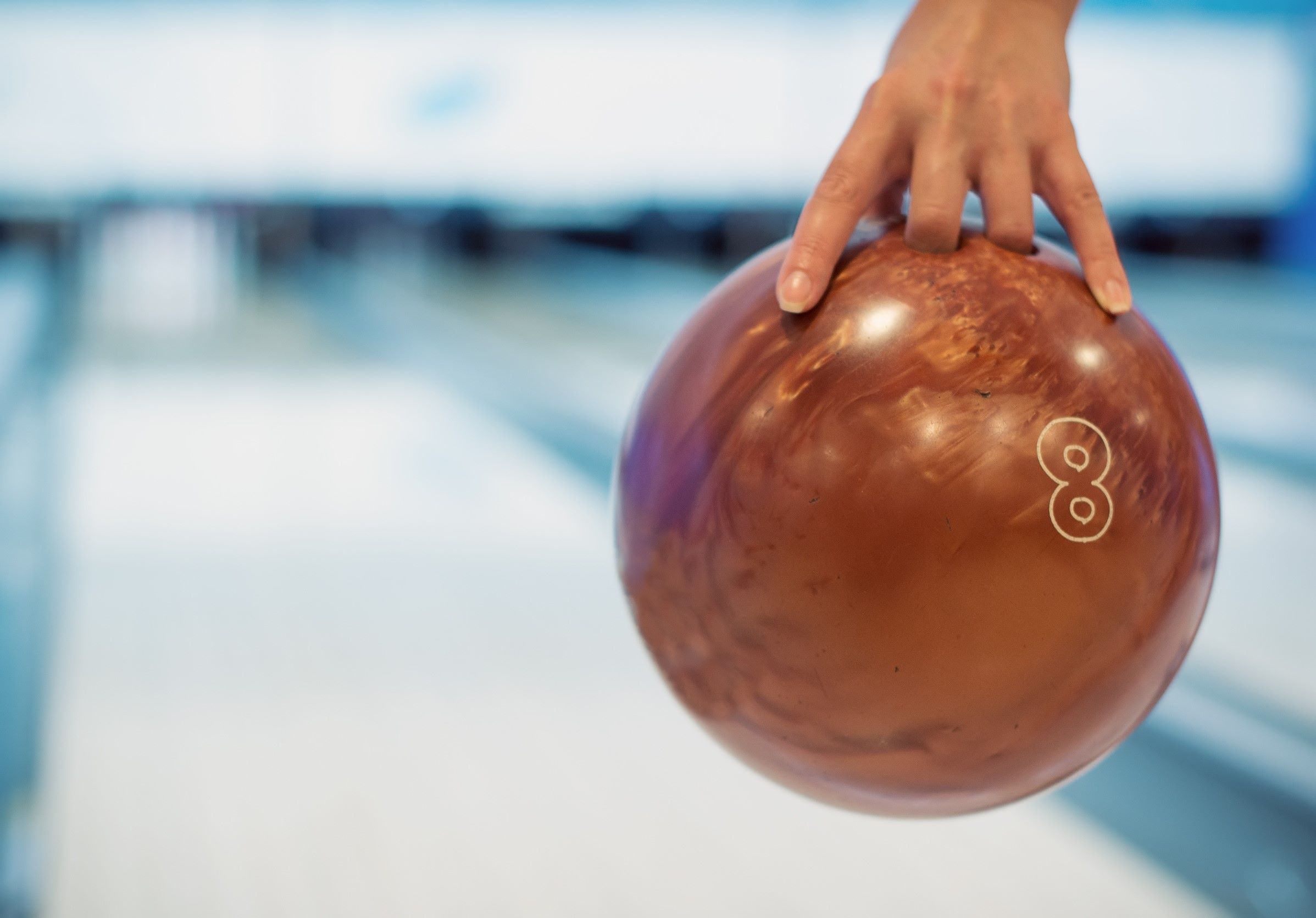

Sports
How To Hold A Bowling Ball
Published: February 28, 2024
Learn the proper technique for holding a bowling ball to improve your game. Get expert tips and advice on sports equipment and technique.
(Many of the links in this article redirect to a specific reviewed product. Your purchase of these products through affiliate links helps to generate commission for Regretless.com, at no extra cost. Learn more)
Table of Contents
Introduction
Bowling is a timeless sport that combines skill, precision, and a dash of competitive spirit. Whether you're a seasoned pro or a casual enthusiast, one of the fundamental aspects of the game is mastering the art of holding a bowling ball. The way you grip the ball can significantly impact your performance, so it's crucial to understand the proper techniques for achieving the optimal grip.
In this comprehensive guide, we will delve into the intricacies of holding a bowling ball, covering everything from hand positioning to selecting the right ball weight. By the end of this article, you'll have a solid grasp of the essential principles that will elevate your bowling game to new heights.
So, grab your favorite bowling ball, lace up your shoes, and let's embark on a journey to uncover the secrets of the perfect bowling ball grip. Whether you're aiming for strikes or simply looking to improve your technique, mastering the art of holding a bowling ball is a crucial step toward enhancing your overall performance on the lanes.
Read more: How To Throw A Bowling Ball
Understanding the Basics of Bowling Ball Grip
Mastering the art of holding a bowling ball is a fundamental aspect of the game, and it all begins with understanding the basics of the bowling ball grip. The grip is the foundation upon which your entire bowling technique is built, influencing your accuracy, control, and overall performance on the lanes.
The first key element of the bowling ball grip is understanding the different types of grips commonly used by bowlers. The most prevalent grips include the conventional grip, fingertip grip, and semi-fingertip grip. Each grip style offers unique advantages and is tailored to individual preferences and playing styles.
The conventional grip, also known as the straight grip, is characterized by inserting the fingers into the ball up to the second knuckle, providing a secure and stable hold. This grip is favored by beginners and those seeking a traditional approach to bowling.
On the other hand, the fingertip grip involves inserting the fingers only up to the first knuckle, allowing for increased rev rate and hook potential. This grip is popular among experienced bowlers looking to maximize their ball's performance and achieve greater pin action.
The semi-fingertip grip strikes a balance between the conventional and fingertip grips, offering a compromise that provides enhanced control and increased rev rate. This grip is often favored by bowlers seeking a versatile and adaptable approach to their game.
In addition to grip styles, understanding the importance of proper fit cannot be overstated. A well-fitted bowling ball is essential for achieving a comfortable and effective grip. It's crucial to ensure that the holes in the ball are drilled to match the size and shape of your fingers, allowing for a snug yet flexible fit that minimizes the risk of slippage or discomfort during play.
Furthermore, the surface texture of the ball can significantly impact the grip. Smooth, polished surfaces may require a firmer grip to maintain control, while textured surfaces offer enhanced friction and grip, allowing for a more relaxed hold.
By understanding the nuances of grip styles, proper fit, and surface texture, bowlers can lay a solid foundation for their game, setting the stage for improved performance and a more enjoyable bowling experience.
Proper Hand Positioning
Proper hand positioning is a critical component of mastering the art of holding a bowling ball. The way you position your hand on the ball can significantly impact your control, accuracy, and overall performance on the lanes. Whether you prefer the conventional, fingertip, or semi-fingertip grip, achieving the right hand positioning is essential for maximizing your potential as a bowler.
When it comes to hand positioning, it's important to focus on achieving a consistent and stable hold on the ball. For bowlers utilizing the conventional grip, the hand should be positioned with the palm resting flat against the bottom of the ball, providing a solid foundation for a controlled release. This positioning allows for a secure grip, minimizing the risk of the ball slipping or wobbling during the delivery.
For those employing the fingertip grip, the hand positioning becomes more nuanced, with the fingers inserted only up to the first knuckle. This grip requires a delicate balance of control and finesse, and the hand positioning plays a pivotal role in achieving the desired rev rate and hook potential. By positioning the hand to accommodate the reduced finger insertion, bowlers can optimize their grip for maximum performance.
Similarly, bowlers utilizing the semi-fingertip grip must pay close attention to hand positioning to capitalize on the benefits of this versatile grip style. The hand should be positioned to accommodate the partial finger insertion, striking a balance between control and power. This positioning allows for a more adaptable grip, enabling bowlers to adjust their technique based on varying lane conditions and pin configurations.
In addition to the grip-specific hand positioning, it's essential to emphasize the role of wrist and arm positioning in achieving a well-rounded hold on the ball. Maintaining a relaxed yet firm wrist position can enhance control and accuracy, allowing for a smooth and consistent release. Furthermore, the positioning of the non-bowling hand, often referred to as the support hand, can contribute to overall stability and balance during the approach and delivery.
Ultimately, proper hand positioning is a nuanced and personalized aspect of the bowling experience, influenced by individual playing styles, preferences, and physical attributes. By honing the art of hand positioning, bowlers can fine-tune their grip, optimize their performance, and elevate their game to new heights. Whether you're aiming for strikes or seeking to improve your overall technique, mastering the intricacies of hand positioning is a crucial step toward becoming a more confident and accomplished bowler.
Finding the Right Ball Weight
Selecting the appropriate ball weight is a pivotal decision that can significantly impact a bowler's performance on the lanes. The ideal ball weight is a balance between control, power, and comfort, tailored to individual strength, playing style, and physical capabilities. When it comes to finding the right ball weight, several key factors come into play, guiding bowlers toward an optimal choice that enhances their overall game.
One of the primary considerations when determining the right ball weight is the bowler's physical strength and endurance. A ball that is too heavy can lead to fatigue and strain, compromising accuracy and consistency. Conversely, a ball that is too light may lack the necessary power and momentum to generate the desired pin action. It's essential to strike a balance that allows for a controlled yet powerful delivery without placing undue stress on the body.
Another crucial factor in selecting the right ball weight is the bowler's playing style and delivery technique. Bowlers who favor a more aggressive and powerful approach may opt for a heavier ball to harness greater kinetic energy and pin-carry potential. Conversely, bowlers with a more finesse-oriented style may prefer a lighter ball to maintain precision and control throughout the delivery.
Furthermore, considering the lane conditions and oil patterns can influence the decision-making process when it comes to ball weight. Heavier balls may offer increased traction and stability on heavier oil patterns, providing a more consistent and predictable ball motion. On the other hand, lighter balls may excel on drier lanes, allowing for enhanced maneuverability and responsiveness to subtle adjustments.
Additionally, the bowler's level of experience and skill can play a role in determining the optimal ball weight. Novice bowlers may benefit from starting with a lighter ball to focus on developing proper technique and form before progressing to a heavier weight. Experienced bowlers, on the other hand, may have the strength and proficiency to handle a heavier ball effectively, maximizing their performance potential.
Ultimately, finding the right ball weight is a personalized and dynamic process that requires careful consideration of various factors. By evaluating physical strength, playing style, lane conditions, and skill level, bowlers can make an informed decision that aligns with their unique needs and preferences. The right ball weight serves as a cornerstone for achieving consistency, power, and control, empowering bowlers to elevate their game and enjoy a more rewarding bowling experience.
Tips for Holding the Ball Correctly
-
Maintain a Relaxed Grip: When holding a bowling ball, it's essential to maintain a relaxed grip to avoid tension and promote a smooth release. Squeezing the ball too tightly can lead to decreased accuracy and control, while a loose grip may result in the ball slipping during the delivery. Finding the optimal balance between firmness and relaxation is key to achieving a consistent and effective hold on the ball.
-
Focus on Finger Positioning: Pay close attention to the positioning of your fingers within the ball holes, ensuring a snug fit without excessive pressure. For conventional grips, inserting the fingers up to the second knuckle provides stability, while fingertip and semi-fingertip grips require a more delicate insertion to optimize control and rev rate. Experiment with different finger positions to find the most comfortable and effective grip for your playing style.
-
Engage Your Bowling Wrist: Utilize your bowling wrist to enhance the stability and control of the ball during the approach and release. Maintaining a slight cupping or hinging of the wrist can promote a clean and consistent release, allowing for a smooth transition from backswing to delivery. Avoid excessive wrist movement or tension, as it can disrupt the fluidity of your delivery.
-
Find Your Bowling Stance: Establishing a balanced and stable bowling stance is crucial for holding the ball correctly. Position your body in alignment with the target, with your non-bowling hand providing support and balance. Engage your core muscles to maintain a solid foundation, allowing for a controlled and controlled approach to the foul line.
-
Practice a Controlled Swing: As you prepare to release the ball, focus on maintaining a controlled and fluid swing motion. Avoid forcing the swing or introducing unnecessary tension, as this can lead to erratic ball motion and decreased accuracy. Instead, strive for a natural and rhythmic swing that complements your overall technique.
-
Visualize Your Target: Before initiating your delivery, visualize your target and focus on a specific point on the lane. This mental preparation can help align your body and mind, enhancing your concentration and commitment to the shot. By visualizing a successful outcome, you can instill confidence in your approach and release.
-
Seek Feedback and Adjustments: Don't hesitate to seek feedback from experienced bowlers or coaches regarding your grip and delivery. Constructive input can offer valuable insights and suggestions for refining your technique. Additionally, be open to making gradual adjustments to your grip and hand positioning based on feedback and personal experimentation.
By incorporating these tips into your bowling routine, you can hone your ability to hold the ball correctly, leading to improved consistency, control, and overall performance on the lanes. Remember that mastering the art of holding a bowling ball is a continuous journey of refinement and adaptation, and each bowler's approach is uniquely tailored to their individual strengths and playing style.
Read more: How To Hold A Violin Bow
Common Mistakes to Avoid
Avoiding common mistakes in holding a bowling ball is crucial for maintaining consistency and maximizing performance on the lanes. By recognizing and addressing these pitfalls, bowlers can refine their technique and achieve greater success in their game. Here are some prevalent mistakes to steer clear of when it comes to holding a bowling ball:
-
Gripping Too Tightly: One of the most common errors is gripping the ball too tightly, leading to tension in the hand and forearm. This can impede the fluidity of the delivery and result in decreased accuracy and control. Maintaining a relaxed yet secure grip is essential for a smooth and consistent release.
-
Incorrect Finger Positioning: Failing to position the fingers correctly within the ball holes can compromise the stability and control of the grip. For conventional grips, inserting the fingers too deeply or too shallow can disrupt the balance, while improper finger placement in fingertip and semi-fingertip grips may hinder the desired rev rate and hook potential.
-
Overly Aggressive Wrist Movement: Excessive wrist movement during the delivery can disrupt the trajectory and release of the ball. Bowlers should strive for a controlled and stable wrist position, avoiding excessive cupping or hinging that may lead to erratic ball motion.
-
Inconsistent Hand Positioning: Inconsistency in hand positioning on the ball can result in variable releases and ball trajectories. Whether using a conventional, fingertip, or semi-fingertip grip, maintaining a consistent hand position is essential for achieving a predictable and repeatable delivery.
-
Neglecting the Non-Bowling Hand: The non-bowling hand, often referred to as the support hand, plays a crucial role in maintaining balance and stability during the approach and release. Neglecting the positioning and engagement of the non-bowling hand can lead to a lack of control and balance, impacting the overall delivery.
-
Ignoring Lane Conditions: Failing to adapt the grip and hand positioning to suit the specific lane conditions and oil patterns can hinder a bowler's performance. Different lane surfaces and oil patterns require adjustments in grip and hand positioning to optimize ball motion and pin carry.
-
Lack of Adaptability: Bowlers who are rigid in their grip and hand positioning may struggle to adapt to changing lane conditions and pin configurations. Flexibility and adaptability in adjusting the grip and hand positioning based on the evolving game environment are essential for sustained success.
By being mindful of these common mistakes and actively working to avoid them, bowlers can enhance their grip, improve their consistency, and elevate their overall performance on the lanes. Recognizing the nuances of holding a bowling ball and addressing potential pitfalls are integral steps toward becoming a more proficient and accomplished bowler.
Conclusion
In conclusion, mastering the art of holding a bowling ball is a multifaceted endeavor that encompasses grip styles, hand positioning, and ball weight selection. By understanding the nuances of these essential elements, bowlers can enhance their control, accuracy, and overall performance on the lanes. Whether employing a conventional, fingertip, or semi-fingertip grip, achieving the optimal hold on the ball is crucial for maximizing potential and achieving consistent results.
Proper hand positioning serves as the linchpin of a successful grip, influencing the stability, control, and release of the ball. By focusing on maintaining a relaxed yet firm grip, positioning the fingers with precision, and engaging the bowling wrist effectively, bowlers can refine their technique and achieve a more consistent and controlled delivery.
Furthermore, the selection of the right ball weight is a pivotal decision that directly impacts a bowler's ability to generate power, maintain endurance, and adapt to varying lane conditions. By considering factors such as physical strength, playing style, and skill level, bowlers can make an informed choice that aligns with their unique needs and preferences, setting the stage for improved performance and enjoyment of the game.
Additionally, incorporating tips for holding the ball correctly, such as maintaining a relaxed grip, focusing on finger positioning, and visualizing the target, can empower bowlers to refine their technique and elevate their game. By avoiding common mistakes, such as gripping too tightly, neglecting the non-bowling hand, and ignoring lane conditions, bowlers can cultivate a more refined and adaptable approach to holding a bowling ball.
In essence, the art of holding a bowling ball is a dynamic and personalized journey that evolves with each bowler's unique playing style and preferences. By honing the fundamentals of grip, hand positioning, and ball weight selection, bowlers can unlock their full potential, achieve greater consistency, and enjoy a more rewarding and fulfilling experience on the lanes. Whether aiming for strikes, spares, or simply seeking to improve overall technique, mastering the intricacies of holding a bowling ball is a crucial step toward becoming a more confident, accomplished, and successful bowler.

